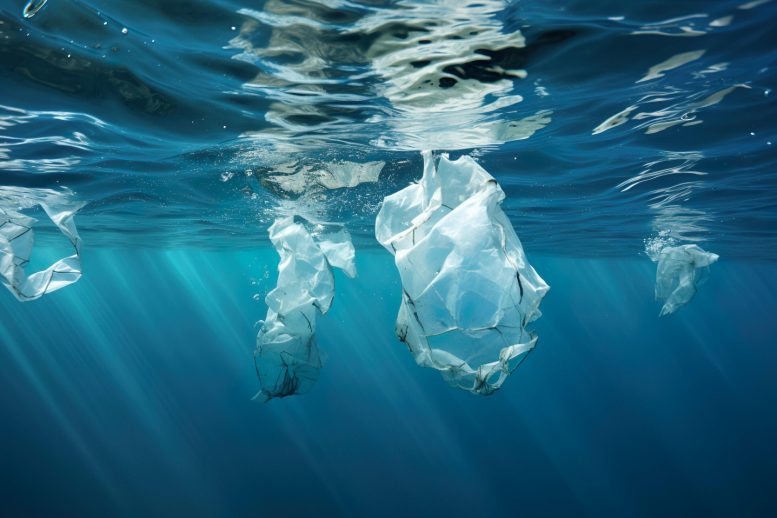
A study reveals that compostable plastic like PLA remains unaltered in the ocean for over a year, suggesting that compostable doesn’t equate to naturally biodegradable. The research calls for standardized tests to verify if materials advertised as compostable truly biodegrade in nature.
The term “biodegradable” can be deceptive when applied to plastic substitutes that require heat to break down or industrial composting conditions.
A commonly utilized compostable plastic persists unchanged in marine environments for at least 14 months, reveals a recent study published in the open-access journal PLOS ONE. This study was conducted by Sarah-Jeanne Royer and her team from the Scripps Institution of Oceanography at the University of California, San Diego.
The research emphasizes the difference between textile materials like PLA, which can be composted in a managed, industrial context, and those such as cellulose-based textiles that are capable of biodegrading in natural settings.
The accumulation and persistence of oil-based plastic waste in the ocean is one of the major ecological problems facing marine life. Macroscopic plastic items, such as discarded water bottles, that enter the ocean may persist for decades in their original form; even when they break up into microscopic pieces, called microplastics, they are not biodegraded but instead remain undigestible pollutants that permeate the oceans.

Lead author, Dr. Sarah-Jeanne Royer, holding a sample of microplastics. Credit: Iyvonne Khoo, CC-BY 4.0
In recent years, substitutes have been developed to replace oil-based plastics, with the intention of both reducing fossil fuel use in creating plastic goods, and providing a more environmentally benign waste product when the item is discarded, through composting.
One of the most popular substitutes is polylactic acid (PLA), a polymer of lactic acid derived from the fermentation of sugars and starches. PLA will break down back into lactic acid at the high temperatures found in very large compost piles; however, it does not do so reliably or quickly in colder conditions.
To examine the fate of PLA in a natural marine environment, the authors submerged samples of PLA, along with samples of oil-based materials, cellulose-based materials, and a blend of cellulose-based and oil-based materials, in cages in the coastal waters off of La Jolla, California. Samples were examined weekly for evidence of disintegration and returned to the ocean after a few hours.
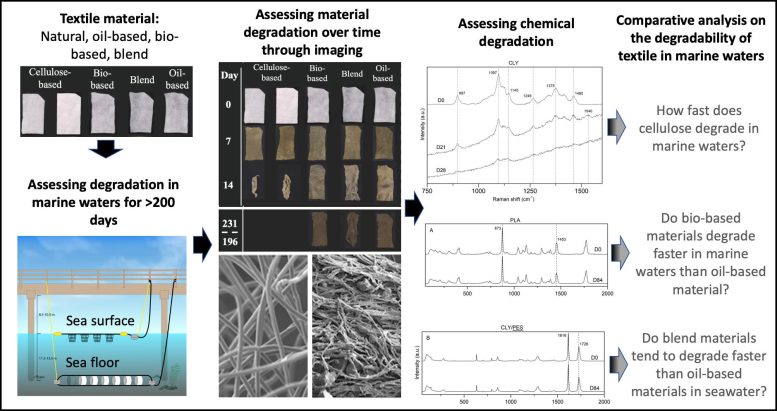
Graphical Abstract. Royer et al., 2023, PLOS ONE, CC-BY 4.0
The authors found that the cellulose-based material degraded quickly, in less than one month. Laboratory chemical analysis confirmed that the cellulose had been largely broken down by biological processes through CO2 production, not simple mechanical wear. In contrast, neither the oil-based plastic, the blend, nor the PLA showed signs of degradation throughout the 14 months of the experiment.
“Our results indicate that compostability does not imply environmental degradation,” Royer said. “Referring to compostable plastics as biodegradable plastics is misleading as it may convey the perception of a material that degrades in the environment. PLA-based plastics must be composted in appropriately controlled facilities in order to achieve their potential as compostable substitutes for oil-based plastics.”
The authors also add: “This work represents one of the few pioneer studies addressing the comparability between the biodegradability of different material types (natural to fully synthetic and bio-based materials) in natural environmental conditions and controlled closed systems. This study shows the need for standardizing tests to see if materials promoted as compostable or biodegradable such as PLA actually do biodegrade in a natural environment. In this case, consumers who are concerned about microfiber plastic pollution should be informed, knowledgeable, and mindful of the materials they are buying.”
Reference: “Not so biodegradable: Polylactic acid and cellulose/plastic blend textiles lack fast biodegradation in marine waters” by Sarah-Jeanne Royer, Francesco Greco, Michaela Kogler and Dimitri D. Deheyn, 24 May 2023, PLOS ONE.
DOI: 10.1371/journal.pone.0284681
This work is being supported by the Deheyn lab BEST Initiative (Biomimicry for Emerging Science and Technology Initiative), which is a platform for facilitating the interaction between academia and industry for fundamental research on nature-inspired solutions.” The funders can contribute to brainstorming about the study design to address specific questions but have no role in data collection and analysis, and decision to publish. The funders can sometimes (if requested) be involved in brainstorming about the interpretation of data outcomes, which inherently can contribute to some extent to the preparation of the manuscript. Otherwise, the funders have no role in directing the publication with regard to its presentation, data content, and conclusion. As a courtesy and if requested, drafts of the publications can be shared with the funders to show progress in the publishing process. For the Raman analyses, financial support was provided to FG from the Young Thousand Talents Plan of China (Grant Number 41720104002), and the funders in this case had no role in the study design, data collection, and analysis, decision to publish, or preparation of the manuscript.


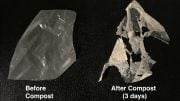

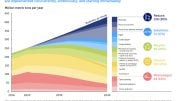

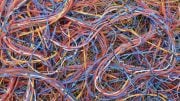
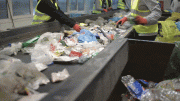

Of course if the plastic bags in question went into the ocean near southern Florida there is a good chance that they will simply melt even if the do not break down.